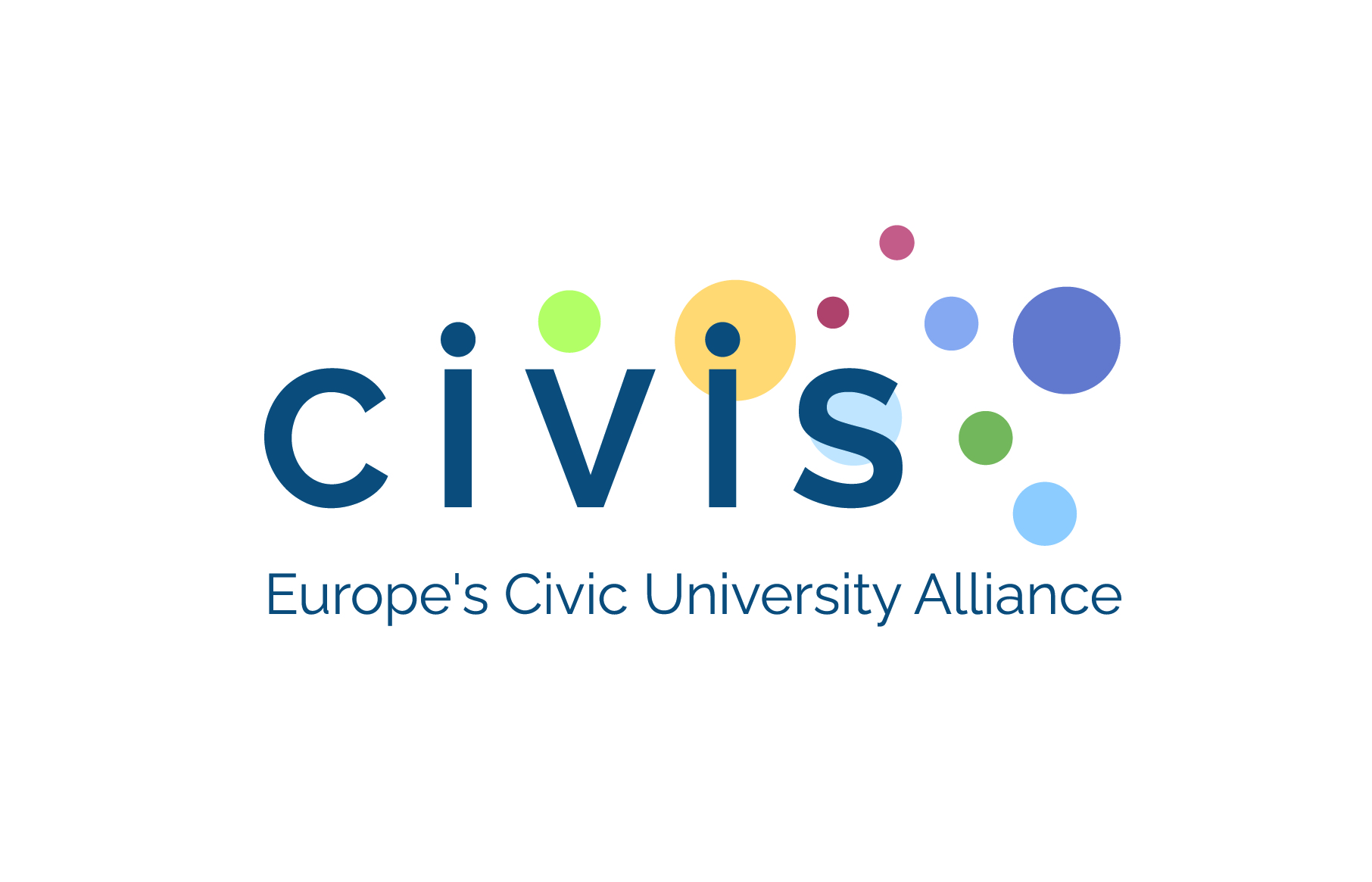| Pletzer, B., Poppelaars, E. S., Klackl, J., & Jonas, E. (in press). The gonadal response to social stress and its relationship to cortisol and personality. Stress. |
| Poppelaars, E. S.,Klackl, J., Pletzer, B., & Jonas, E. (2021). Delta-beta cross-frequency coupling as an index of stress regulation during social-evaluative threat. Biological Psychology, 160. https://doi.org/10.1016/j.biopsycho.2021.108043 |
| Reiss, S., Leen‐Thomele, E., Klackl, J., & Jonas, E. (2021). Exploring the landscape of psychological threat: A cartography of threats and threat responses. Social and Personality Psychology Compass, spc3.12588. https://doi.org/10.1111/spc3.12588 |
| Mühlberger, C., Klackl, J., Sittenthaler, S., & Jonas, E. (2020). The approach-motivational nature of reactance—Evidence from asymmetrical frontal cortical activation. Motivation Science, 6(3), 203–220. https://doi.org/10.1037/mot0000152 |
| Poppelaars, E.S., Klackl, J., Scheepers, D.T., Mühlberger, C., & Jonas, E. (2020). Reflecting on Existential Threats Elicits Self-Reported Negative Affect but No Physiological Arousal. Front. Psychol. 11:962. doi: 10.3389/fpsyg.2020.00962 |
| Klackl, J., & Jonas, E. (2019). Effects of mortality salience on physiological arousal. Frontiers in Psychology, 10, 1893. doi: 10.3389/fpsyg.2019.01893 |
| Poppelaars, E.S., Klackl, J., Pletzer, B., Wilhelm, F.H., & Jonas, E. (2019). Social-evaluative threat: Stress response stages and influences of biological sex and neuroticism. Psychoneuroendocrinology, 109, 104378. https://doi.org/10.1016/j.psyneuen.2019.104378 |
| Reiss, S., Klackl, J., Proulx, T., & Jonas, E. (2019). Strength of socio-political attitudes moderates electrophysiological responses to perceptual anomalies. PLOS ONE, 14, e0220732. doi:10.1371/journal.pone.0220732 |
| Prentice, L., Klackl, J., Agroskin, D., Grossmann, I., Alexandrov, Y., Apanovich, V., Bezdenezhnykh, B., & Jonas, E. (2018). Reaction to norm transgressions and Islamization threat in culturally tight and loose contexts: a cross‑cultural comparison of Germany versus Russia. Culture and Brain. https://doi.org/10.1007/s40167-018-0073-3 |
| Uhl, I., Klackl, J., Hansen, N., & Jonas, E. (2018). Undesirable effects of threatening climate change information: A cross-cultural study. Group Processes and Intergroup Relations, 21(3). https://doi.org/10.1177/1368430217735577 |
| Klackl, J., Jonas, E., & Fritsche, I. (2017). Neural evidence that the behavioral inhibition system is involved in existential threat processing. Social Neuroscience 1-17. https://doi.org/10.1080/17470919.2017.1308880 |
| Miedl, S. F., Blechert, J., Klackl, J., Wiggert, N., Reichenberger, J., Derntl, B., & Wilhelm, F. H. (2016). Criticism hurts everybody, praise only some: Common and specific neural responses to approving and disapproving social-evaluative videos. NeuroImage. https://doi.org/10.1016/j.neuroimage.2016.02.027 |
| Quirin, M., & Klackl, J. (2016). Existential neuroscience: A review and outlook for the case of death awareness. In E. Harmon-Jones & M. Inzlicht (Eds.), Social Neuroscience: Biological Approaches to Social Psychology. https://doi.org/10.4324/9781315628714 |
| Uhl, I., Jonas, E., & Klackl, J. (2016). When climate change information causes undesirable side effects: The influence of environmental self-identity and biospheric values on threat responses. Psyecology. doi: 10.1080/21711976.2016.1242228 |
| Agroskin, D., Klackl, J., & Jonas, E. (2014). The self-liking brain: A VBM study on the structural substrate of self-esteem. PLOS ONE 9(1): e86430 |
| Jonas, E., McGregor, I., Klackl, J., Agroskin, D., Fritsche, I., Holbrook, C., Nash, K., Proulx, T., & Quirin, M. (2014). Threat and Defense: From Anxiety to Approach. In J.M. Olson & M.P. Zanna (Eds.), Advances in Experimental Social Psychology (Vol. 49, pp.219-286). San Diego, CA: Academic Press. |
| Klackl, J., Jonas, E., & Kronbichler, M. (2014). Existential Neuroscience: Self-esteem moderates neuronal responses to mortality-related stimuli. Social Cognitive and Affective Neuroscience,9(11), 1754-1761. |
| Schurz, M., Kronbichler, M., Crone, J., Richlan, F., Klackl, J., & Wimmer, H. (2014). Top-down and bottom-up influences on the left ventral occipito-temporal cortex during visual word recognition: An analysis of effective connectivity. Human Brain Mapping, 35(4), 1668–1680. http://doi.org/10.1002/hbm.22281 |
| Sittenthaler, S., Klackl, J., Mackinger, B., Steindl, C., & Ardelt- Gattinger, E. (2014). Motivieren zum gesunden Leben. In E. Ardelt-Gattinger, S. Ring-Dimitriou, & D. Weghuber (Hrsg.), Der gesunde Adipöse (S. 229-238). Bern: Huber Verlag. |
| Du, H., Jonas, E., Klackl, J., Agroskin, D., Hui, E. K. P., & Ma, L. (2013). Cultural influences on terror management: Independent and interdependent self-esteem as anxiety buffers. Journal of Experimental Social Psychology, 49(6), 1002–1011. http://doi.org/10.1016/j.jesp.2013.06.007 |
| Klackl, J., Jonas, E., & Kronbichler, M. (2013). Existential Neuroscience: Neurophysiological correlates of proximal defenses against death-related thoughts. Social Cognitive and Affective Neuroscience,8(3), 333-340. |
| Klackl, J., Pfundmaier, M., Agroskin, D., & Jonas, E. (2012). Who is to blame? Oxytocin promotes nonpersonalistic attributions in response to a trust betrayal. Biological Psychology, 92, 387-394. |
| Wimmer, H., Schurz, M., Sturm, D., Richlan, F., Klackl, J., Kronbichler, M., & Ladurner, G. (2010). A dual-route perspective on poor reading in a regular orthography: An fMRI study. Cortex, 46(10), 1284-1298. |
| Kronbichler, M., Klackl, J., Richlan, F., Schurz, M., Staffen, W., Ladurner, G., et al. (2009). On the Functional Neuroanatomy of Visual Word Processing: Effects of Case and Letter Deviance. Journal of Cognitive Neuroscience, 21 (2), 222-229. |




